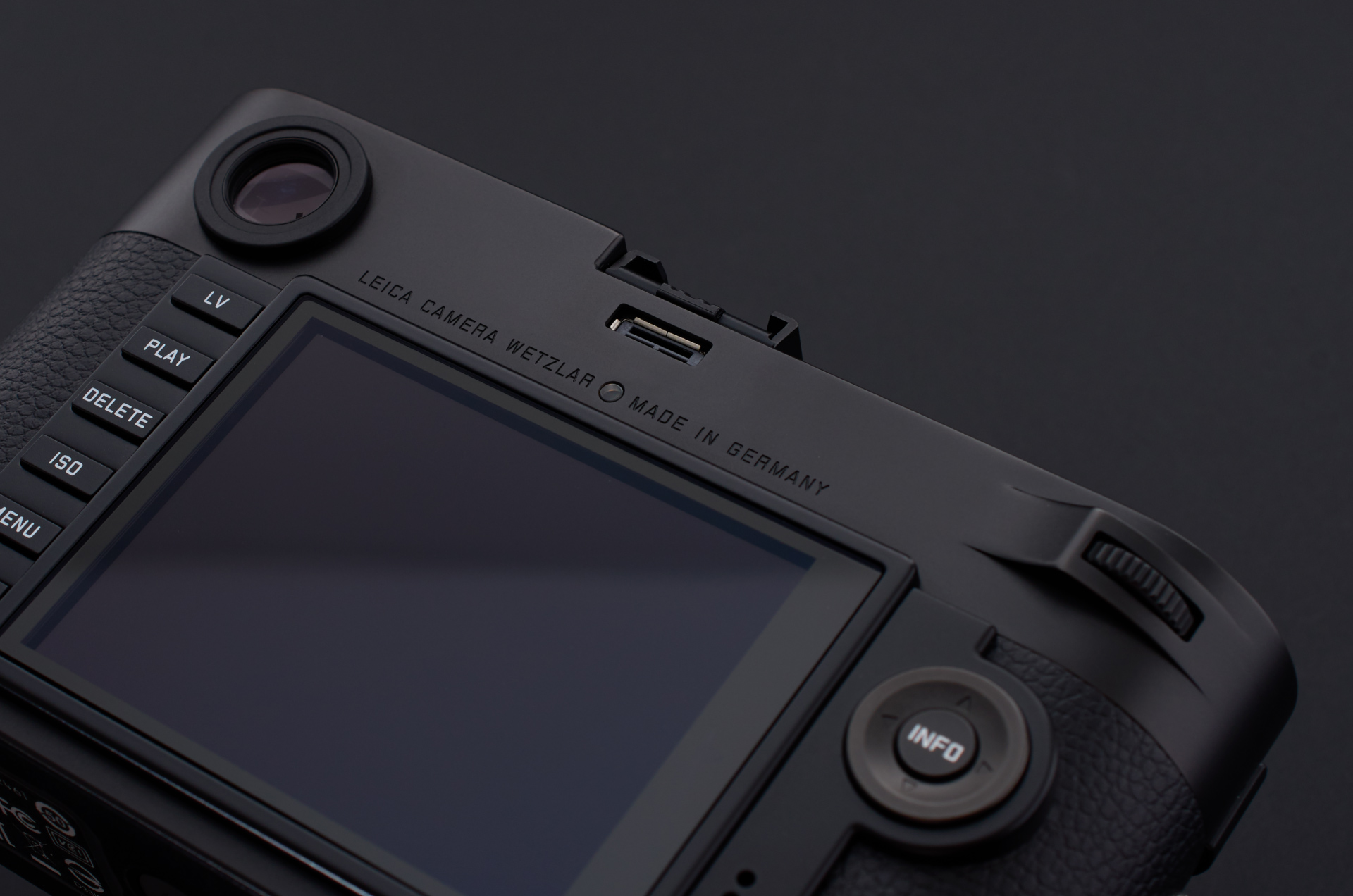
LEICA M Monochrom (Typ246) | SHOOTING REPORT



A welcome full model change based on the LEICA M-P
The first generation of the LEICA-M MONOCHROM was quite sensational and exciting because it had no color filter - meaning one photodiode corresponds to one pixel. I remember I was so excited wondering how sharp the image quality was. 3 years have passed since then and LEICA has now launched this all new second generation based on the LEICA M/M-P body (*1). The CCD was replaced with the CMOS which enables liveview and the use of EVF. I personally believe that rangefinder focusing reflects the photographer’s intention better than AF, no matter how advanced it would be. Of course, we shouldn’t expect extremely precise focusing. However, the dual-image without bokeh frees us from the excessive effort to focus precisely. On the other hand, when I see bokeh in the viewfinder of a SLR camera, I’m forced to focus precisely. Usefulness of a camera depends on the field of the photographer, but the rangefinder lets us concentrate on composition and timing rather than on precise focusing. And, because focusing is done manually, the focal points reflect the photographer’s intention. Time has passed and the sensing material has switched from films to sensors, and we can now so many things that we hadn’t imagined before. This camera has a high precision rangefinder, but the basic construction is very similar to a mirrorless camera. So, employing the liveview and the EVF is a necessary consequence and it enabled what rangefinder cameras were poor at: precise focusing and perspective previewing. In other words, this new camera is the friendliest LEICA M camera ever made. I went out to shoot and check how it can influence my scheme and mentality, let alone the image quality, in comparison with the 1st generation. To conclude first, shooting black and white images has become easier than ever before with this new M Monochrom.
(*1) The sensor is the same 24-megapixel CMOS for the LEICA M/M-P (the 1st generation had a 18-megapixel CCD). It has a 2GB buffer memory and a sapphire glass LCD just like the LEICA M-P. In addition, the increased battery capacity (to support movie shooting) worked to increase the number of still shots. Plus, the faster imaging processor is another important feature of this new camera.





Even more overwhelming image quality
The 1st generation was overwhelming enough because, even though the number of pixels is 18 megapixels, it doesn’t have a color filter. This means one photodiode corresponds to one pixel directly and hence it has the resolution equivalent to 30 megapixels or higher. But, even so, I cannot help but feel the further improvement of resolution and tonal gradation. Instead, it became more prone to camera shake. And, in order to take the full advantage of the sensor’s potential, I thin we should use the latest lenses. Yet, I feel this 2nd generation works better with old lenses although I don’t know if it’s caused by the increased number of pixels. For example, the third image was shot with the Super Angulon. While the 1st generation over-emphasized the softness, the 2nd generation delivers pretty decent images. By the way, when an old lens with a projected rear element, the corners have significant color shifting. With this M Monochrome, you don’t need to worry about it. Of course, the same goes for the 1st generation. But, the vignetting is more natural with this 2nd generation and I suppose it’s due to the sensor structure.





The new M Monochrom unlocks the potential of monochrome photography
I sometimes feel awkward to use the word “monochrome” when talking about digital images. Although I shot with monochrome films a lot, I wonder if I could make a negative like the images shot with this camera. Among the lenses I used this time, the APO-SUMMICRON-M 50mm F2 can’t fully demonstrate its potential even with the color digital M cameras, let alone the film cameras. While I feel films have their own characters and capabilities, I was truly impressed by the digital monochrome images shot with this camera. I believe the new M Monochrome is a camera that unlocks the potential of monochrome photography because the resolution is extremely high, there’s no need to change, develop, and scan films, and the liveview including EVF brings more freedom in composition (*2). And, even though it only takes monochrome images, their quality is the highest among the 135mm format cameras and the like including film cameras. You have unbelievably many legendary lenses to choose from. The camera’s function and stylistic beauty had already reached its perfection with the M3. The price just for the body is already ruinous. You can get the ultimate image quality with the latest lenses and the sweet rendition with old lenses. I hope that this camera will be chosen by people with a self-control, but I admit the magical power of the camera can always destroy it…
(*2) I shot with the EVF. In this location, I learned to focus with a rangefinder first and double-check it with the EVF particularly when using a fast lens. Meanwhile, with lenses like the TRI-ELMAR-M 16-18-21mm F4, I just used the EVF to check the perspective and the area of coverage. I guess this shooting method is the answer Leica has found by moving with the times and solving the inconvenience dramatically.
( Photography / Text : K )



( 2015.05.29 )